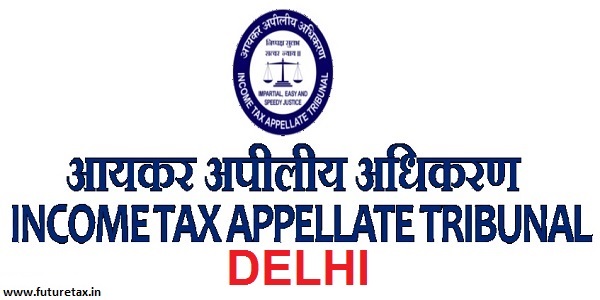Understanding House Rent Allowance (HRA) and How to Calculate It
- Income Tax
- August 25, 2024
- No Comment
- 250
- 4 minutes read
Understanding House Rent Allowance (HRA) and How to Calculate It
House Rent Allowance (HRA) is a component of a salary provided by employers to employees to meet rental expenses. It is important for salaried employees as it helps reduce taxable income under Section 10(13A) of the Income Tax Act.
What is HRA?
HRA is an allowance given by an employer to an employee to cover housing expenses. The actual amount of HRA that is exempt from taxes depends on several factors:
- Basic Salary: A portion of the basic salary.
- City of Residence: Metro cities have a different calculation compared to non-metro cities.
- Rent Paid: The actual rent paid minus 10% of the salary.
- HRA Received: The amount of HRA received from the employer.
HRA Exemption Calculation
The HRA exemption is the minimum of the following three amounts:
- Actual HRA received from the employer.
- 50% of salary (basic + DA) if living in a metro city, or 40% if in a non-metro city.
- Rent paid minus 10% of salary.
Example Calculation
Let’s say you earn a basic salary of ₹50,000 per month and receive an HRA of ₹20,000 per month. You live in a metro city, and you pay ₹18,000 as rent.
Here’s how you can calculate the HRA exemption:
- HRA received: ₹20,000 per month.
- 50% of Salary: 50% of ₹50,000 = ₹25,000.
- Rent Paid – 10% of Salary: ₹18,000 – ₹5,000 (10% of ₹50,000) = ₹13,000.
So, the minimum of the above three amounts (₹20,000, ₹25,000, ₹13,000) is ₹13,000.
HRA Calculator
Conclusion
Understanding and calculating HRA can be a bit complex, but it’s crucial for managing your taxes effectively. The Python code provided here is a simple way to automate this calculation, helping you determine the exempted HRA amount quickly.




